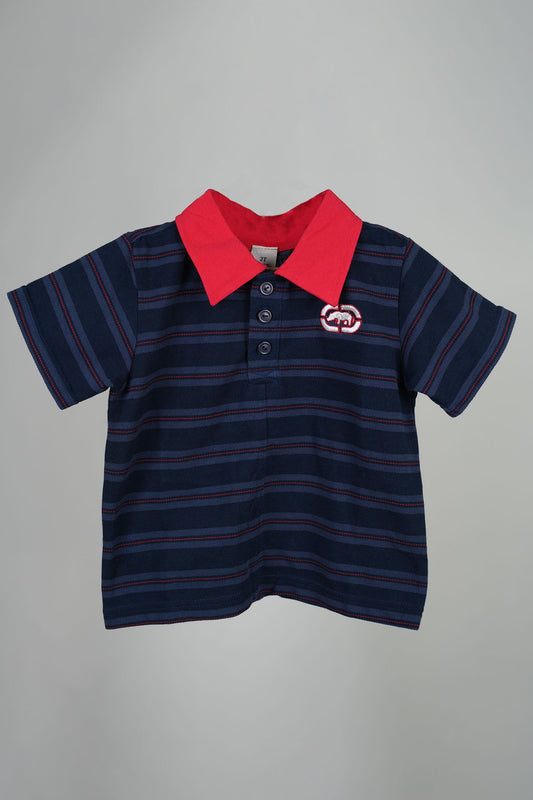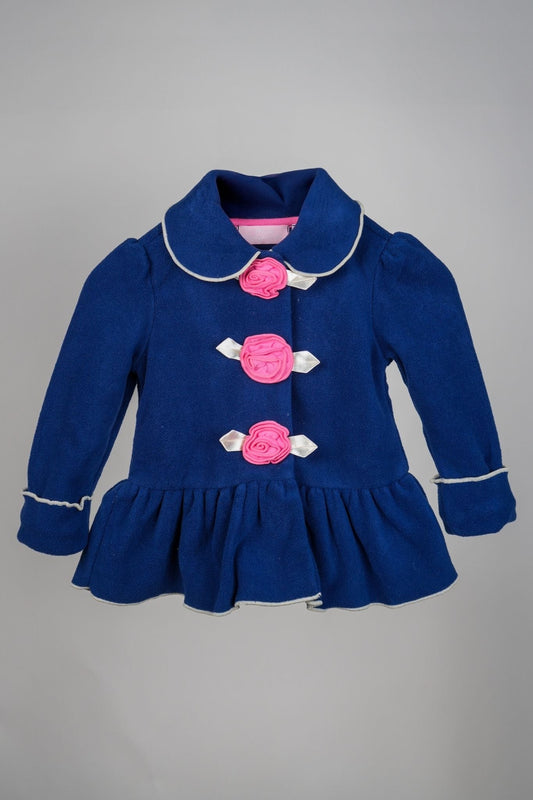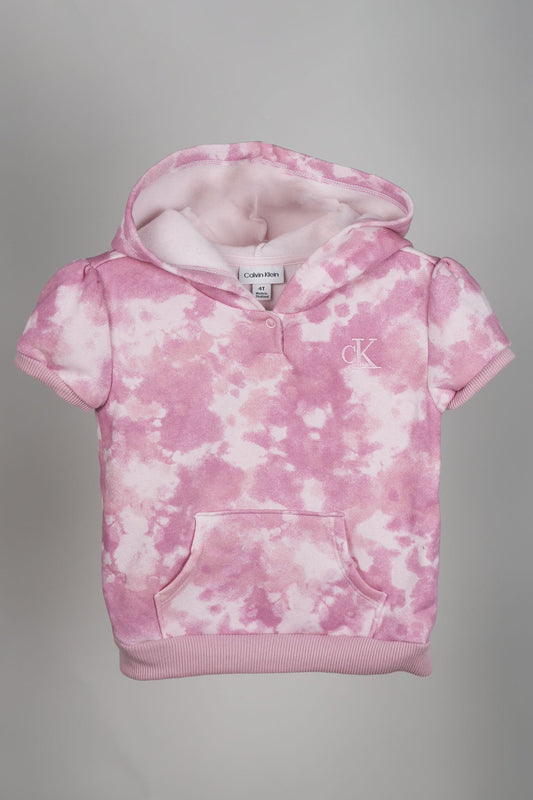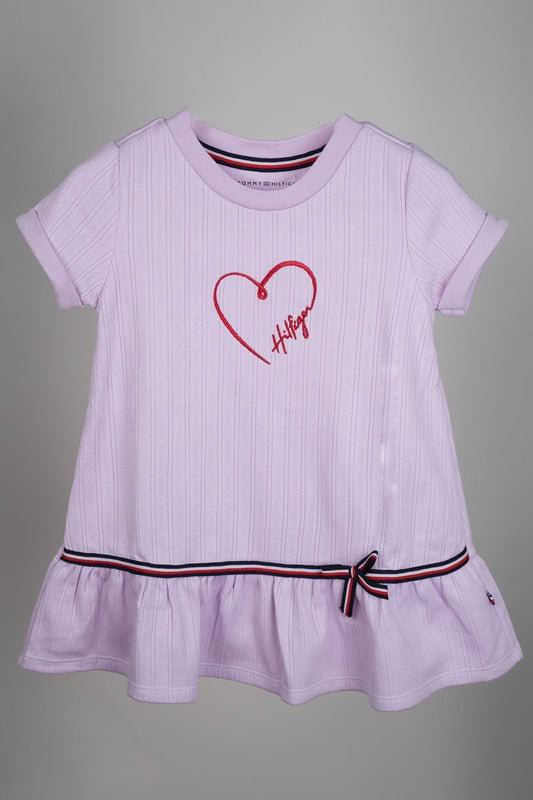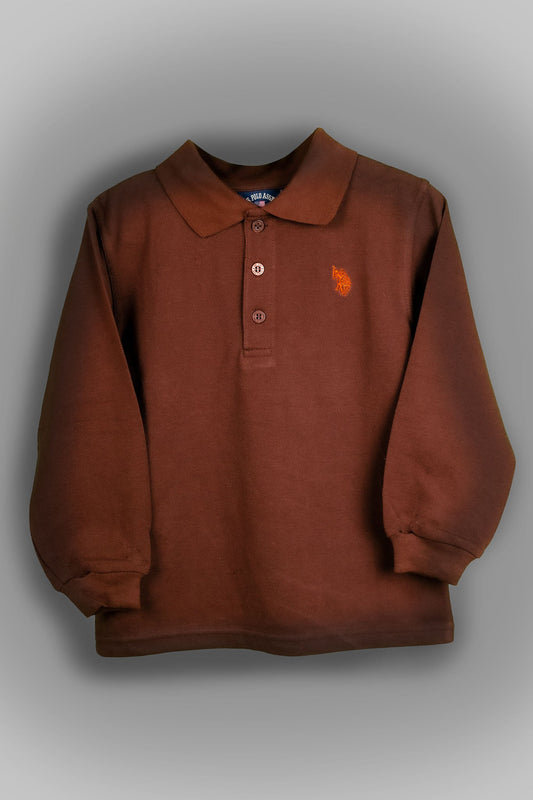How to Extend the Lifespan of Your Kids' Clothes: Care and Maintenance Tips
Introduction:
As parents, we know all too well how quickly children outgrow their clothes. With growth spurts, active play, and messy adventures, it's no wonder that kids' clothing often end up showing signs of wear and tear sooner than we'd like. However, with the right care and maintenance, you can prolong the lifespan of your children's clothing, saving both money and resources. In this blog post, we'll explore practical tips to help you keep your kids' clothes looking fresh and vibrant for longer. Join us as we delve into practical strategies to keep your kids' clothes looking pristine and vibrant for longer.
1. Choose Quality Fabrics:
Durability & Comfort: Children lead active lives filled with play, exploration, and occasional spills. High-quality fabrics such as cotton, denim, and wool are known for their resilience and ability to withstand the rigors of daily wear. Reinforced seams and sturdy stitching ensure that garments hold up well over time, resisting fraying and tearing even after multiple washes. Quality fabrics offer superior breathability and softness, ensuring that your little ones stay cozy and comfortable throughout the day. Natural fibers like cotton and wool are gentle on the skin, minimizing the risk of irritation or allergic reactions
Ease of Care: Parents lead busy lives, and the last thing they need is clothing that requires high-maintenance care routines. Quality fabrics are often easy to care for, requiring simple washing and minimal ironing. This not only saves time and effort but also ensures that garments maintain their shape and color vibrancy wash after wash.
Environmental Considerations: Choosing quality fabrics also aligns with eco-conscious practices. Natural fibers like organic cotton and wool are biodegradable and renewable, reducing the environmental impact compared to synthetic materials. By investing in garments made from sustainable fabrics, you not only prioritize your child's comfort and well-being but also contribute to a more sustainable future for generations to come.
2. Follow Care Label Instructions:
Care labels are more than just tiny tags sewn into garments; they're invaluable guides to ensuring the longevity of your children's clothing.
Preserving Fabric Integrity & Avoiding Mishaps: Care labels provide essential information on how to wash, dry, and iron each garment to maintain its quality and integrity. By following these instructions diligently, you can prevent damage to the fabric, such as shrinkage, color fading, or distortion, ensuring that the clothing retains its original look and feel for longer.
Ignoring care label instructions can lead to unintentional mishaps that compromise the garment's appearance and longevity. For instance, washing a delicate knit sweater in hot water or using harsh detergents can cause stretching or pilling, rendering the garment unwearable. By adhering to the recommended care instructions, you can minimize the risk of such mishaps and prolong the lifespan of your child's clothing.
Understanding Symbols & Tailoring Care Practices: Care labels often use a combination of symbols and written instructions to convey care guidelines. It's essential to familiarize yourself with these symbols, which indicate specific actions such as machine washing, tumble drying, or dry cleaning. Taking the time to decipher these symbols ensures that you're treating the garment with the care it deserves, maximizing its longevity and performance.
Care labels are not one-size-fits-all; they're tailored to the unique properties of each garment. For example, while one piece may be machine washable, another may require hand washing or dry cleaning to maintain its quality. By heeding these individualized instructions, you can tailor your care practices to suit each garment's specific needs, ensuring optimal care and longevity.
3. Gentle Wash, Cold Water:
When it comes to laundering your children's clothes, the mantra: gentle wash, cold water, holds significant importance for preserving both the fabric's quality and the garment's vibrant colors. Here's why this approach is essential:
Preserving Fabric Integrity & Retaining Color Vibrancy: Washing clothes in cold water is gentler on fabrics compared to hot water, which can cause fibers to weaken and shrink. This is particularly crucial for delicate fabrics like cotton, wool, and blends, which may be prone to damage under high temperatures. By opting for cold water wash cycles, you ensure that your child's clothing retains its softness, shape, and durability wash after wash.
Cold water is less likely to cause color bleeding or fading compared to hot water, making it ideal for preserving the vibrant hues of children's clothing. Brightly colored garments, especially those with prints or embellishments, can maintain their original appearance for longer when washed in cold water. This is particularly important for clothing with delicate details or intricate designs, where color preservation is paramount for aesthetic appeal.
Gentle on Skin & Effectiveness: Cold water is gentler on sensitive skin, making it suitable for children with allergies or skin sensitivities. Hot water can strip away natural oils from the skin and exacerbate dryness or irritation, whereas cold water maintains the skin's moisture barrier, reducing the risk of adverse reactions. By washing your child's clothes in cold water, you prioritize their comfort and well-being, ensuring that their clothing feels soft and gentle against their skin.
Contrary to common misconceptions, cold water is just as effective as hot water in removing dirt, stains, and odors from clothing. Modern detergents are formulated to work efficiently in cold water, breaking down stains and lifting dirt without the need for high temperatures. This makes cold water wash cycles a versatile and practical choice for everyday laundering needs, from playtime messes to school uniform upkeep.
4. Tackle Stains Swiftly:
In the bustling world of childhood, stains are an inevitable part of the equation. Whether it's grass stains from outdoor play or spaghetti sauce mishaps during mealtime, addressing stains promptly is key to preserving the appearance and longevity of your children's clothing. Here's why swift stain removal is essential:
Preventing Set-In Stains & Preserving Fabric Quality: Stains detract from the overall appearance of clothing, diminishing its aesthetic appeal and making it look worn or unkempt. When left untreated, stains can penetrate deep into the fabric fibers, making them more challenging to remove later on. By tackling stains swiftly, you prevent them from setting into the fabric, increasing the likelihood of successful removal and minimizing the risk of permanent discoloration or damage to the garment.
Certain substances, such as acidic foods or colored liquids, can cause chemical reactions that weaken the fabric fibers if left untreated. Prompt stain removal helps mitigate these risks, preserving the fabric's integrity and preventing weakening or deterioration over time. This is particularly important for delicate fabrics or garments with special finishes, where prolonged exposure to stains can compromise their structural integrity.
Preventing Odors and Bacteria Growth: Stains can harbor bacteria and organic matter, leading to unpleasant odors and potential hygiene issues if left untreated. Swift stain removal helps eliminate these microbial contaminants, keeping your child's clothing smelling fresh and clean. This is especially important for items like socks, underwear, and activewear, which come into direct contact with the skin and are susceptible to odor buildup.
5. Embrace Air Drying and Store with Care:
Air drying and proper storage are essential components of a holistic approach to caring for your children's clothing. Here's why these practices are crucial:
Protecting the Fabric: Both air drying and proper storage help maintain the fabric's integrity, ensuring that your child's clothing retains its softness, shape, and durability wash after wash. Air drying minimizes the exposure to heat and friction associated with machine drying, reducing the risk of shrinkage, distortion, or damage to delicate fabrics. Similarly, storing clothing in a clean, dry environment away from direct sunlight and moisture prevents premature wear and tear, preserving the garment's quality and appearance over time.
Gentle on Sensitive Skin: Air drying and proper storage are gentle on sensitive skin, making them ideal for children with allergies or skin sensitivities. Machine drying can strip away natural oils from the fabric and exacerbate dryness or irritation, whereas air drying maintains the fabric's softness and breathability, reducing the risk of skin irritation. Additionally, proper storage prevents exposure to dust, allergens, and other irritants, ensuring that your child's clothing remains clean and comfortable to wear.
Conclusion
In conclusion, by following these essential care and maintenance tips, you can ensure that your children's clothing from MixMax.pk remains in pristine condition for years to come. From opting for quality fabrics to embracing air drying and proper storage practices, each step plays a crucial role in extending the lifespan of their wardrobe while promoting sustainability and comfort. By investing time and attention into caring for your child's clothing, you not only save money and resources but also provide them with garments that look and feel their best, ready to accompany them on all their adventures.
